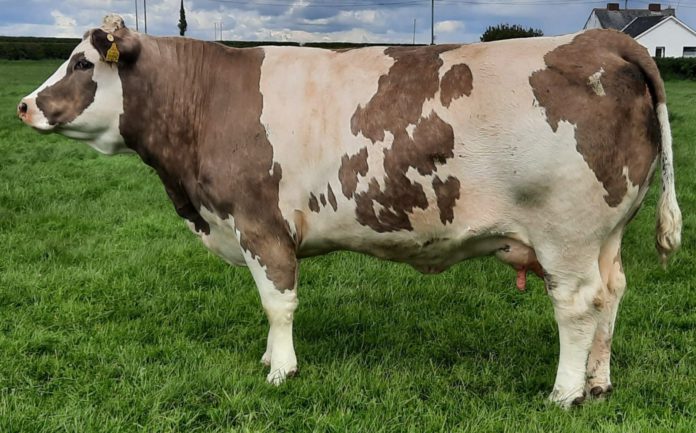Flight zone and point of balance: Handling livestock: Temple Grandin
Flight zone and point of balance are two concepts that are central to understanding how animals react to a stockperson and are crucial to low-stress handling of cattle.
According to Teagasc, the flight zone is the circle around the animal; essentially, it is the animal’s personal space.
The size of the flight zone is determined by the wildness or tameness of the animal. An animal will begin to move away when the handler penetrates the edge of the flight zone.
In a video, a Teagasc spokesperson explained the work of Temple Grandin further: “In a field, you can locate the edge of the flight zone by moving towards an animal.”
“At the edge of the flight zone, the animal will raise its head, stop eating and turn to you. They will move to face you. Once they move, you are in their flight zone.”
“Deep penetration into the flight zone (FZ) will prompt fear, aggression, or agitation towards you. The size of the zone gets smaller with frequent handling. If all animals are facing the handler, the handler is outside the FZ.”
“The flight zone of an individual animal will vary depending on how tame and calm the animal is. The zone becomes bigger when the animal becomes excited.”
“Also, the FZ is bigger when you approach head-on. When the handler is outside the FZ animals will turn and face the handler and maintain a safe distance.”
Point of balance
Meanwhile, the point of balance is usually at the animal’s shoulder and is determined by the animal’s wide-angled vision.
The Teagasc spokesperson explained that this can be considered the animal’s centre of gravity as far as movement is concerned.
They outlined that an animal has better vision at this point. Therefore, they can observe movement towards them and can be easily influenced at this point.
If you are anywhere outside of its flight zone boundary, the animal will not move, but by moving around that circle, you can stop or start the animal.
It all revolves around their point of balance. The state agency reminds farmers that animals have a blind spot, which, when we move into it, will cause them to stop. They may become confused or feel endangered.
The spokesperson continued: “Animals will move in the opposite direction to the direction the handler is moving as the handle passes the animal’s point of balance.”
“We must now combine our knowledge of the flight zone and point of balance to help us in moving livestock. To initiate movement, apply gentle pressure at the edge of the flight zone.”
“Beware of the animal’s point of balance and walk past it in the opposite direction to the movement you are looking for. Do not put continued pressure on the animal’s flight zone, once the animal is moving.”
“Back off and apply intermittent pressure to the FZ. Walking in the opposite direction tends to speed up movement. Meanwhile, walking in the same direction tends to slow down movements.”
According to the state agency, these principles work with all herding animals. It advises that to get an animal to move, walk past it in the opposite direction to the direction you want it to move. As you cross the animal’s point of balance, it will begin moving forward.
The state agency advises that it is “not necessary to prod every animal” when passing through a crush. If they are moving through the unit by themselves, do not interfere.
It adds that animals have a tendency to have a desire to go back to where they came from. Therefore, you should use this in your design of the facility.
It advises that “if cattle become excited, it takes 20-30 minutes for them to calm back down”.
When moving cattle:
- Remain calm;
- Avoid yelling, loud and high-pitched noises;
- Avoid the animal’s blind spot behind its rear.
Other articles on That’s Farming:





